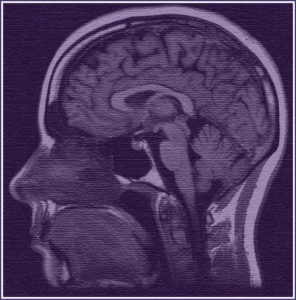FTD

Frontotemporal dementia is a progressive, degenerative brain disease. In people under the age of 60, FTD is the most common cause of dementia and affects as many people as Alzheimer’s disease in the 45-64 age group. Approximately 40% of patients with FTD have a family history of a similar dementia, while 60% of people with FTD develope it without any known cause.
There is no treatment or cure for FTD
Types or Variants of FTD
Behavioral variant FTD
A person with bvFTD tends to exhibit marked behavioral changes such as dis-inhibition, apathy, loss of sympathy or empathy for others of overeating. Impairment in judgement can lead to financial indiscretions with potentially catastrophic consequences. Social withdrawal, and less interest in family, friends and hobbies may be evident. At times, they may behave inappropriately with strangers, lose their social manners, act impulsively and even break laws.
Semantic Dementia
People with early semantic dementia usually complain of a hard time coming up with the word or name for something. Words that the person uses a lot may remain available, but more unusual words may be replaced by “thingy” or “you know”. People with moderate SD will have immense trouble understanding you. They may have increasing difficulty recognizing names and faces of people – even family and friends.
Progressive Nonfluent Aphasia (PNFA)
Early symptoms include slowed speech and trouble getting words out correctly. The person with PNFA will become essentially mute after five years or more and develop Parkinson’s-like motor problems.
(Source: University of California, San Francisco, Memory and Aging Center)
The term “frontotemporal dementia” (FTD) includes three different clinical subtypes: Behavioral variant FTD (also historically called “Frontal variant FTD” or “Pick’s Disease”), Semantic dementia, and Progressive non-fluent aphasia. The specific areas of the brain affected by each subtype cause different symptoms for each type.
(Source: University of California, San Francisco, Memory and Aging Center)
